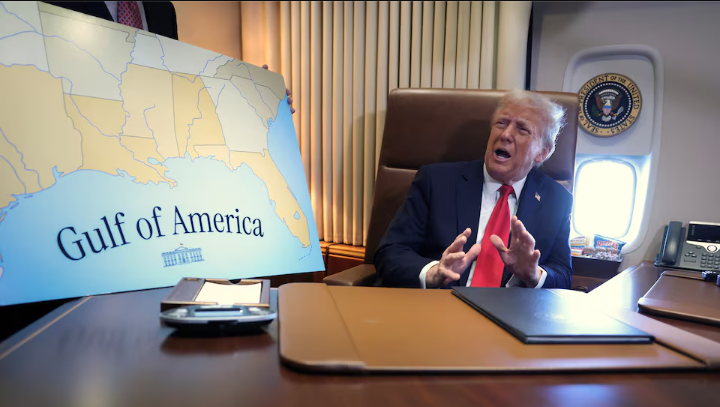In a bold move set to shake up international trade, U.S. President Donald Trump announced on Sunday that he will introduce a new 25% tariff on all steel and aluminum imports. The new levy, which will be implemented in addition to existing duties, marks another significant escalation in Trump’s trade policy.
Tariff Hike: What’s Changing?
During a press briefing aboard Air Force One on his way to the Super Bowl in New Orleans, Trump confirmed that the tariffs would take effect immediately after his official announcement on Monday. In a follow-up, he also stated that reciprocal tariffs will be unveiled on Tuesday or Wednesday, aiming to match the import duties imposed on American goods by other countries.
“If they charge us, we charge them,” Trump said, emphasizing his administration’s strategy to level the playing field in global trade.
Trump initially imposed a 25% tariff on steel and a 10% tariff on aluminum during his first term. However, trade agreements later granted duty-free quotas to key trading partners, including Canada, Mexico, and Brazil. His successor, Joe Biden, extended similar exemptions to Britain, Japan, and the European Union.
The Biggest Steel and Aluminum Suppliers to the U.S.
Data from the U.S. government and the American Iron and Steel Institute reveals that the largest steel suppliers to the U.S. are:
- Canada
- Brazil
- Mexico
- South Korea
- Vietnam
For aluminum, Canada overwhelmingly leads, supplying 79% of all primary aluminum imports in the first 11 months of 2024. Meanwhile, Mexico plays a crucial role in providing aluminum scrap and alloys.
Why Is Trump Pushing for Higher Tariffs?
Trump has long criticized what he considers unfair trade practices, particularly targeting the European Union. He frequently points out that the EU imposes a 10% tariff on U.S. car imports, whereas the U.S. charges only 2.5% on European vehicles.
The United States does, however, enforce a 25% tariff on pickup trucks, a policy that benefits major American automakers like General Motors, Ford, and Stellantis.
According to the World Trade Organization, the U.S. trade-weighted average tariff rate stands at 2.2%, compared to:
- 12% for India
- 6.7% for Brazil
- 5.1% for Vietnam
- 2.7% for the European Union
Trump argues that the new tariffs will help restore fairness and ensure that the U.S. isn’t taken advantage of in trade negotiations.
Potential Economic Fallout

The announcement has already triggered market reactions. Wall Street futures dipped while the U.S. dollar strengthened in response to the expected tariffs. Investors are concerned that the move could:
- Raise import costs for American businesses.
- Increase consumer prices on goods reliant on steel and aluminum.
- Spark retaliatory tariffs from other nations, further escalating global trade tensions.
Critics argue that tariffs could ultimately hurt U.S. manufacturers and consumers by increasing costs and limiting trade opportunities. However, Trump and his supporters believe the move will boost domestic production and create more American jobs.
What’s Next?
Trump has scheduled a press conference this week to provide further details on his reciprocal tariff strategy, which could introduce more sweeping trade measures.
As global markets and trade partners react, the coming days will reveal whether this decision strengthens U.S. industries or fuels a new wave of economic uncertainty.



